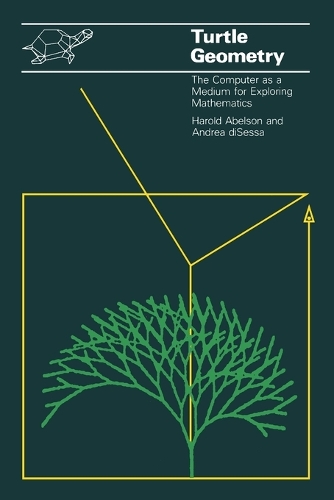
Turtle Geometry: The Computer as a Medium for Exploring Mathematics
(Paperback)
Publishing Details
Turtle Geometry: The Computer as a Medium for Exploring Mathematics
By (Author) Harold Abelson
By (author) Andrea diSessa
Edited by Daniel G. Bobrow
Edited by Michael Brady
Edited by Randall Davis
Edited by Patrick Henry Winston
MIT Press Ltd
MIT Press
9th July 1986
United States
Classifications
Tertiary Education
Non Fiction
Mathematical and statistical software
Computer science
510.285
Physical Properties
Paperback
498
Width 152mm, Height 229mm, Spine 33mm
658g
Description
Turtle Geometry presents an innovative program of mathematical discovery that demonstrates how the effective use of personal computers can profoundly change the nature of a student's contact with mathematics. Using this book and a few simple computer programs, students can explore the properties of space by following an imaginary turtle across the screen. The concept of turtle geometry grew out of the Logo Group at MIT. Directed by Seymour Papert, author of Mindstorms, this group has done extensive work with preschool children, high school students and university undergraduates.
Reviews
"A college-level math text for serious mathematicians and fans of recreational mathematics. This book proves that turtle graphics is not just kid stuff." Popular Computing "Reading this book with the help of a good graphics computer system, you are sure to discover new and interesting math... an excellent textbook or self-study guide." W. Lloyd Milligan , Byte
Author Bio
Hal Abelson is Class of 1922 Professor of Computer Science and Engineering at Massachusetts Institute of Technology and a fellow of the IEEE. He is a founding director of Creative Commons, Public Knowledge, and the Free Software Foundation. Additionally, he serves as co-chair for the MIT Council on Educational Technology. Andrea diSessa is Chancellor's Professor in the Graduate School of Education at the University of California, Berkeley, and a member of the National Academy of Education. He is the coauthor of Turtle Geometry- The Computer as a Medium for Exploring Mathematics (MIT Press, 1981).
